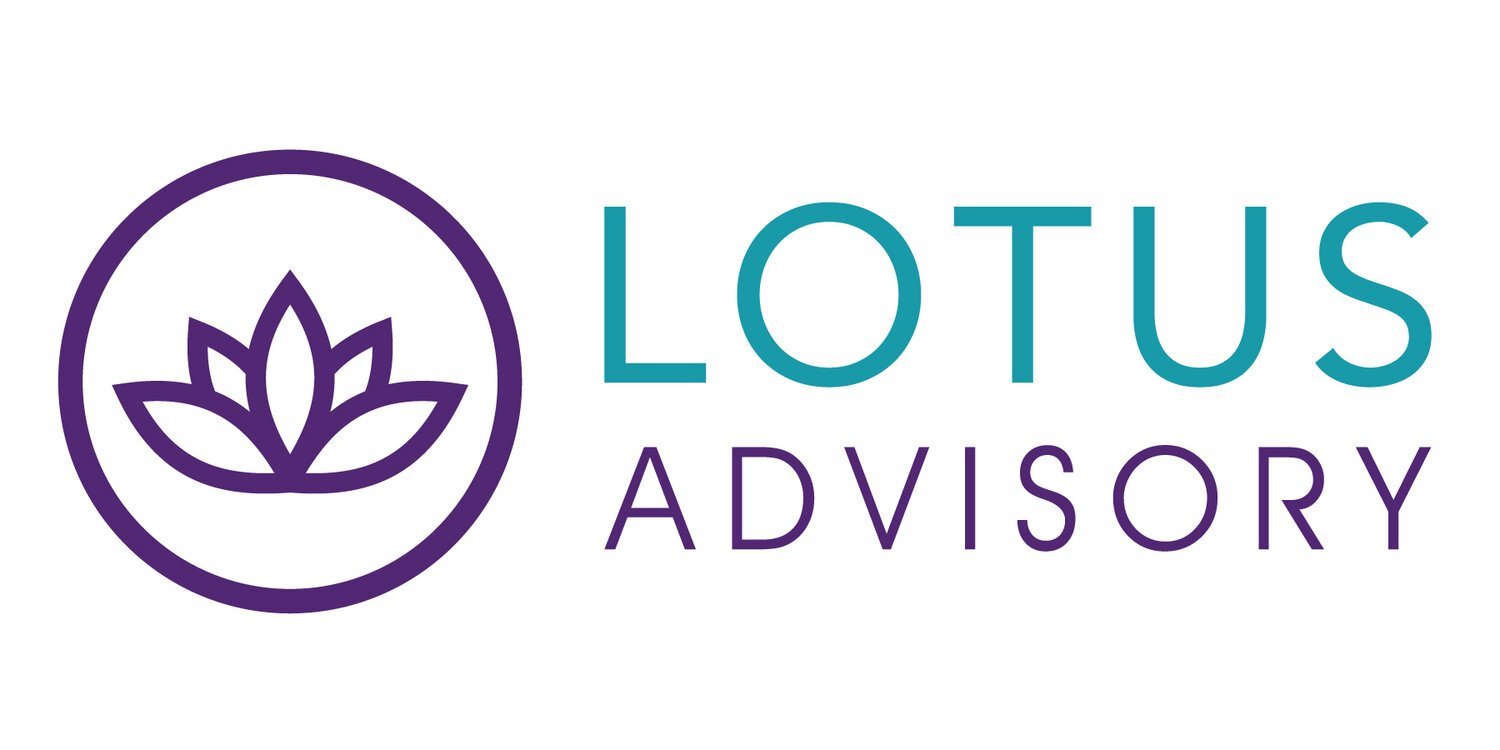BisNow
By Dees Stribling
April 19, 2020
The entire U.S. economy is on pause, and with it the opportunity zone investment program. For a program with a slow and sometimes rocky start, it isn't hard to imagine a slower and even rockier time ahead during the post-pandemic recovery. Yet it is also possible that in the longer run, opportunity zones will be recognized as a key tool of the recovery by the federal government, local jurisdictions and investors alike, OZ experts say.
Created by the Tax Cuts and Jobs Act of 2017, the opportunity zone program allows investors to forgo capital gains taxes on long-term real estate or business investments in about 8,800 distressed areas nationwide. The final regulations were published by the IRS in December. As of early March, there were a total of 210 Opportunity Zone Funds with $47.6B of total anticipated investment, according to the National Council of State Housing Agencies. The majority of those are real estate-related, with 63% of the funds targeting investment in affordable housing projects. "In the short term, there's no question that the [coronavirus] crisis is a negative for [the] program," CalOZ President Kunal Merchant said. "There's been a chilling effect on investment because of the new uncertainty. Existing projects in opportunity zones are taking longer to get funded and new projects are being delayed."


